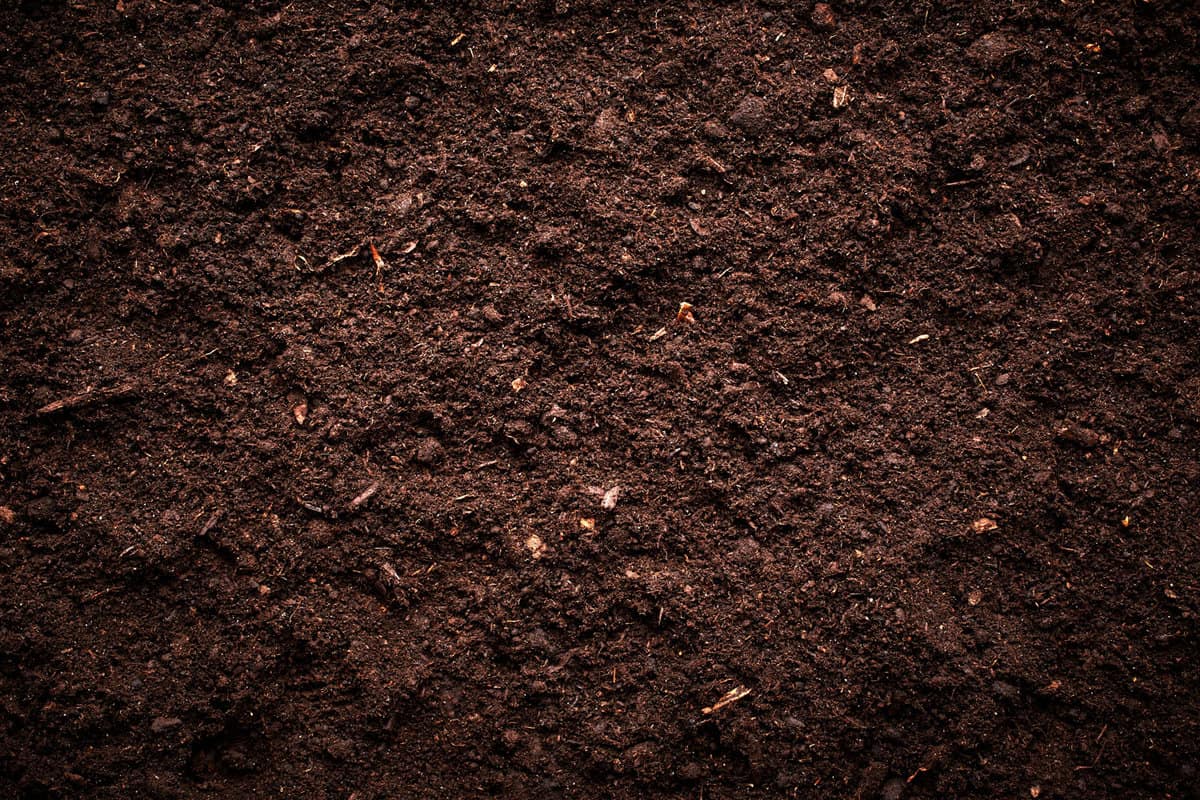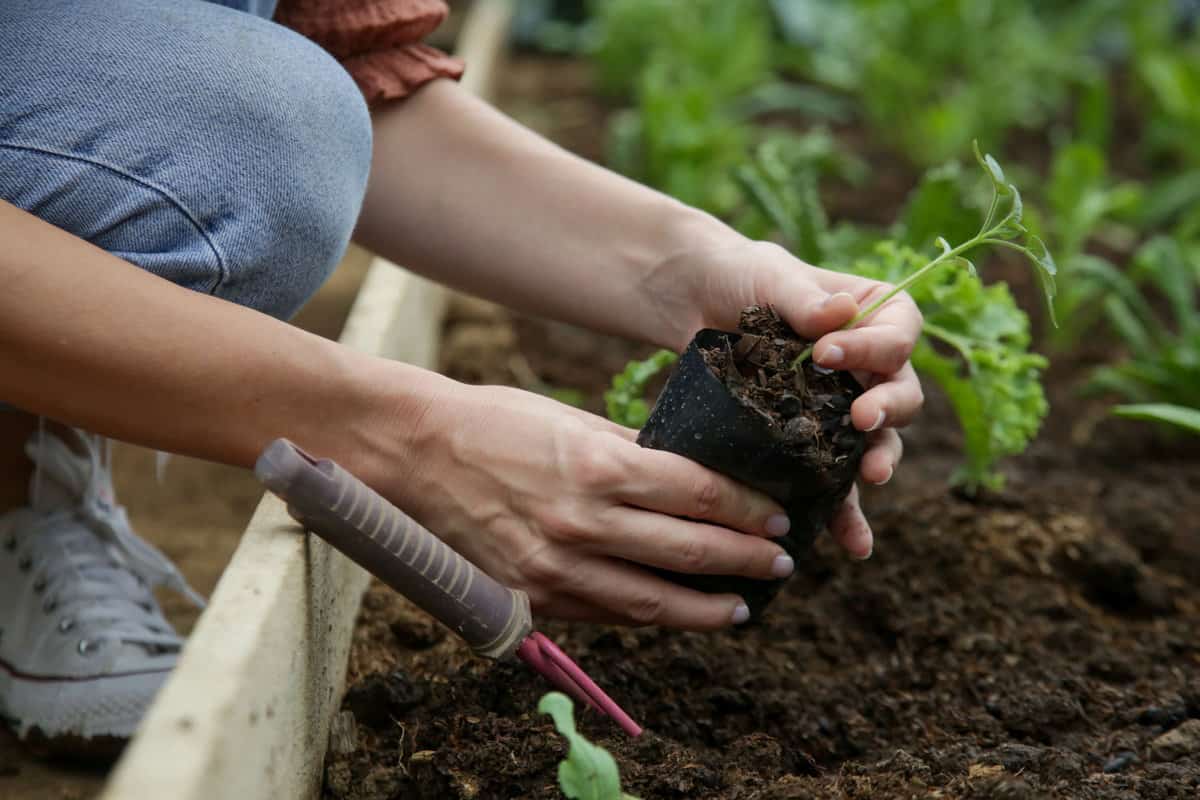Are you looking to keep your vegetable garden thriving through the autumn season?
With the proper techniques, you can extend your growing season and enjoy a bountiful harvest well into the fall months.
In this article, we'll share six hacks for a thriving autumn vegetable garden to help you maximize your space and resources.
First, we'll explore the benefits of fall gardening and why making the most of this season is essential.
Then, we'll get into our top tips for a successful autumn garden, covering everything from crop selection to soil preparation and pest management.
Sounds exciting, right? So let's get started!
Understanding Your Region's Climate
When planning your autumn vegetable garden, it's crucial to understand your region's climate.
Different regions have different climates, which can affect the types of vegetables you can grow successfully.
Read more on different regions here: USDA Hardiness Zones Article Collection
Here are some tips to help you understand your region's climate:
Check Your Average First Frost Date
The first step in understanding your region's climate is to check your average first frost date.
This is the date when the temperature drops below freezing for the first time in the fall. You can find this information online or by contacting your local agricultural extension office.
Take Advantage of Microclimates
Microclimates are small areas within your garden that have different growing conditions than the rest of your garden.
For example, a south-facing wall may be warmer than the rest of your garden, while a shady area may be cooler. You can grow a broader range of vegetables in your garden by taking advantage of microclimates.
1. Choose the Right Autumn Vegetables
Once you know your average first frost date, you can choose vegetables that thrive in your climate.
For example, if you live in a region with a short growing season, you may want to choose vegetables that mature quickly, such as lettuce, spinach, and radishes.

On the other hand, if you live in a region with a long growing season, you may want to choose vegetables that take longer to mature, such as broccoli, cauliflower, and Brussels sprouts.
Here are some tips to help you choose the suitable autumn vegetables for your garden:
Look for Shorter-Growing Seasons
Since autumn is a shorter growing season, choosing vegetables with shorter growing times is important.
Vegetables like radishes, lettuce, and spinach are great options since they can be harvested in as little as 30 days.
Choose Cold-Tolerant Vegetables
As temperatures start to drop, it's important to choose vegetables that can tolerate the cold.
Vegetables like kale, Brussels sprouts, and cabbage can withstand frost and taste better after a light frost.
Variety is Key
Don't be afraid to plant a variety of vegetables in your autumn garden. This will not only provide you with a broader range of produce, but it will also help to prevent pest and disease problems.
Related: Growing Howden Pumpkins (“How-To” Guide with Pictures)
2. Prepare Your Garden for Fall
As summer ends, it's time to start thinking about preparing your garden for the fall.

With some planning and preparation, you can ensure that your garden will thrive throughout the autumn months. Here are some tips to get you started:
Soil Preparation
Before planting your fall vegetables, it's important to prepare your soil. You want to make sure that your soil is rich in nutrients and has the right pH level for your plants to grow. Here are some tips to help you prepare your soil:
- Test your soil: You can purchase a soil testing kit from your local garden center or send a sample to a lab for analysis. This will tell you the pH level of your soil and what nutrients it may be lacking.
- Add compost: Adding compost to your soil is a great way to improve its fertility. Compost is rich in nutrients and helps improve soil structure, allowing plants to grow strong and healthy.
- Add fertilizer: If your soil test shows it lacks certain nutrients, you can add fertilizer to help supplement them. Follow the instructions carefully, and don't over-fertilize, which can harm your plants.
Composting
Composting is a great way to reduce waste and create nutrient-rich soil for your garden. Here are some tips for composting:
- Start a compost pile: You can use food scraps, yard waste, and other organic materials in your backyard. Make sure to turn your compost regularly to help it break down faster.
- Use finished compost: If you already have it, you can improve your soil. Add a layer of compost to your garden bed and mix it with your soil.
- Add fresh organic matter: To keep your compost pile active, you'll need to add new organic matter regularly. This can include food scraps, yard waste, and other organic materials.
Read more: Waste Into Wealth: 25 Reasons To Start Composting Now
Mulching
Mulching is a great way to keep your garden soil moist and protect your plants from the cold weather. Here are some tips for mulching:
- Choose the right mulch: There are many different types of mulch available, including straw, leaves, and wood chips. Choose a mulch that is appropriate for your plants and climate.
- Apply mulch evenly: Apply a layer around your plants, covering the soil evenly. This will help to retain moisture and regulate soil temperature.
- Don't over-mulch: While mulching is essential, it's also possible to over-mulch. Too much mulch can suffocate your plants and prevent them from getting the necessary air and nutrients.
By following these tips, you can prepare your garden for the fall and ensure that your plants thrive throughout the season.
Read more:
3. Try Direct Sowing
Direct sowing is planting seeds directly into the soil where they will grow. This method is best for vegetables that do not transplant well, such as root vegetables.
Before planting, prepare the soil by removing weeds and adding compost or other organic matter to improve soil fertility.

You should also check the soil temperature to ensure the seeds are warm enough to germinate.
When planting, follow the instructions on the seed packet for the correct depth and spacing.
You can also use a seed tape or seed mat to make planting easier and ensure proper spacing. Once planted, keep the soil moist until the seeds germinate and the seedlings are established.
4. Transplant Now
Transplanting is the process of starting seeds indoors and then moving the seedlings to the garden once they are established.
This method is best for vegetables with a long growing season or requiring a warmer soil temperature to germinate.

Before transplanting, make sure to harden off the seedlings by gradually exposing them to outdoor conditions over a period of several days.
When transplanting, dig a hole slightly larger than the seedling's root ball and place it in it.
Make sure to plant the seedling at the same depth it was growing in the container. Water the seedling immediately after planting and keep the soil moist until it is established.
Related: Start Your Fall Garden Today: What to Plant Now
5. Never Forget to Maintain
To ensure a thriving autumn vegetable garden, you need to maintain it properly.
Here are some tips to help you keep your garden healthy and productive.
Watering
Watering is crucial to the growth of your plants, especially during the autumn season.
The amount of water your plants need depends on the type of plant, the weather, and the soil type. Remember to water your plants deeply and regularly, especially during dry spells.

To prevent overwatering, check the soil moisture level regularly. Stick your finger into the soil to see if it feels dry or damp.
If it feels dry, it's time to water. If it feels damp, wait a day or two before watering again.
Weeding
Weeds can quickly take over your garden and compete with your plants for nutrients and water. To keep your garden weed-free, it's essential to weed regularly.
One way to prevent weeds is to mulch your garden beds. Mulch helps to suppress weed growth and retain moisture in the soil.
You can use organic materials like leaves, straw, or grass clippings as mulch.
6. Pest Control
Pests can damage your plants and reduce your harvest. To prevent pest problems, keeping your garden clean and tidy is essential. Remove any fallen leaves or debris that can harbor pests.

You can also use natural pest control methods like companion planting, crop rotation, and beneficial insects.
For example, planting marigolds can help to repel pests like nematodes and aphids.
Ladybugs and praying mantises are beneficial insects that can help to control pests like aphids and spider mites.
Final Tips
It's time to start thinking about next year's garden as autumn approaches. Planning ahead can help ensure a successful and thriving garden. Here are additional tips to help you prepare for next year:
Assess Your Space
Take a look at where you'll be growing your garden. Will you plant in raised beds, containers, or a community garden plot?
What kind of sun does the area get? Measure the space and note any obstacles or challenges, such as shade from trees or uneven terrain.
Plan Your Layout
Once you've chosen your plants, it's time to plan your garden layout. Consider the size and spacing requirements of each plant and plan accordingly.
Use a garden planner tool or graph paper to map out your garden space and visualize the layout.
Start Your Seeds
If you plan on starting your own seeds, now is the time. Research the optimal planting times for each plant and create your sources accordingly.
Label your seedlings in a warm, well-lit area until they can be transplanted.
Consider Companion Planting
Companion planting is a technique where certain plants are grown together to benefit each other.
For example, planting marigolds with tomatoes can help repel pests. Research companion planting techniques and consider incorporating them into your garden plan.
Plan for Succession Planting
Succession planting involves planting crops in stages for a continuous harvest throughout the growing season.
Research the optimal planting times for each crop and plan your garden accordingly.
Keep a Garden Journal
Keeping a garden journal can help you keep track of your progress and make notes for next year's garden.
Record planting dates, harvest times, and any challenges or successes you encounter throughout the growing season.
